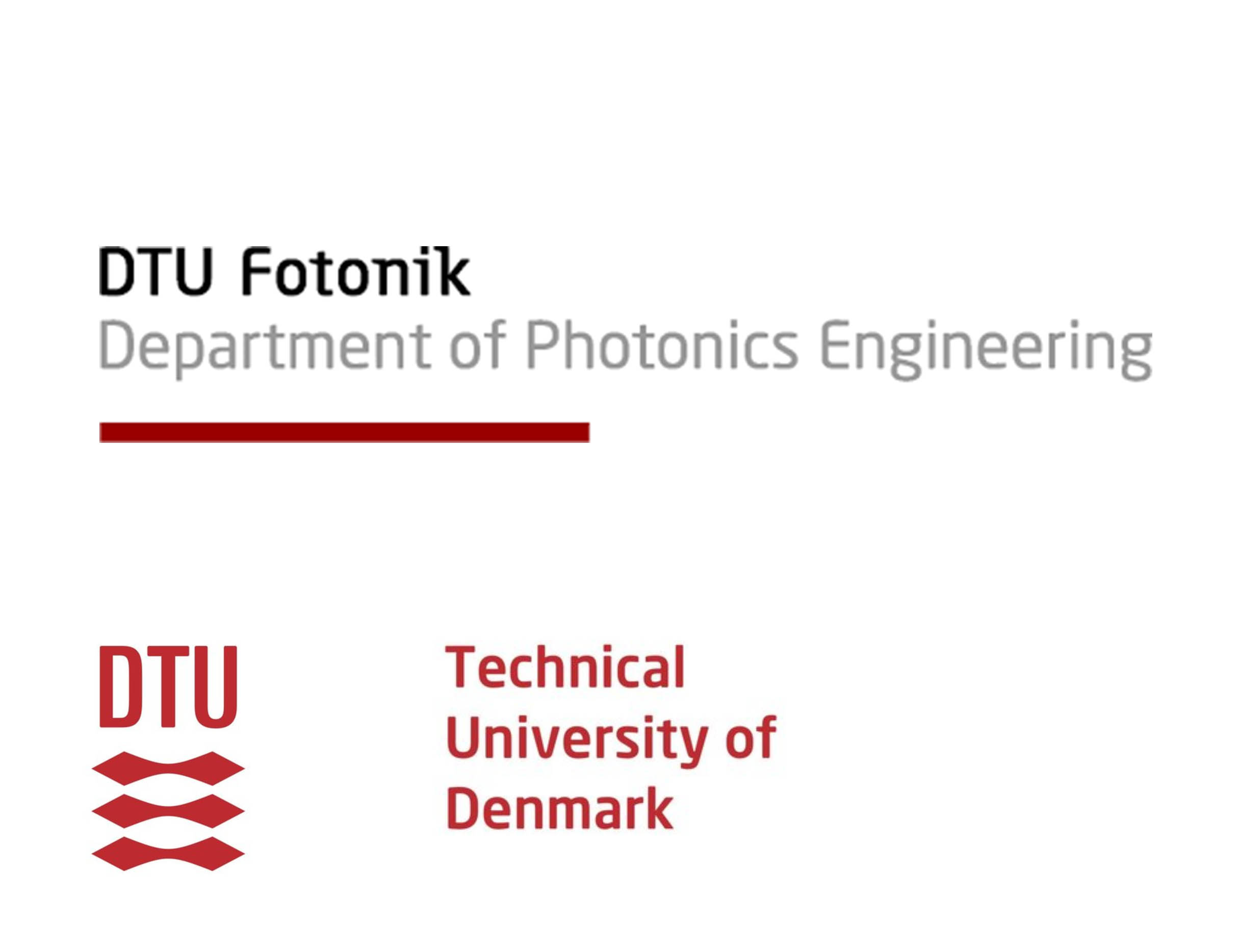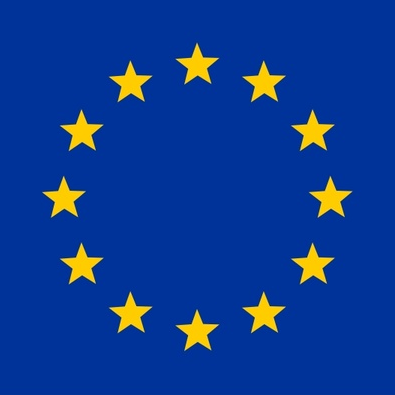Light measurement standards require LED lamps and luminaires to be placed in their normal burning position during measurement. Further, rotation during measurement should be minimized to keep natural cooling. Doing otherwise would certainly lead to gross errors when measuring old fashioned light sources as compact fluorescent tubes. But in LED fixtures the burning position might not be very important.
The interlaboratory comparison
A giant international interlaboratory comparison, IC2017, including 37 laboratories in 18 countries was conducted in 2017 through 2019*. General results are not public yet but participating labs have received their own results. In Denmark, DTU Fotonik (Technical University of Denmark, Photonics department) participated with both a near–field goniphotometer and the Viso LabSpion goniospectrometer.
Importance of burning position
The horizontal orientation of the LabSpion instead of vertical only resulted in deviations of -0.5% to +0.2% as compared to the reference laboratory and the applied corrections were equally small.
Four comparison artefacts were measured: a narrow-beam lamp, a planar luminaire, a batten luminaire and a streetlight. These artefacts represent commonly used LED-solutions in the market. For these four light sources, the error of measuring with the optical axis being horizontal was almost negligible. Actually, average errors were less the half of the differences in before-and-after measurements at the reference lab. Consequently, equivalence has been demonstrated between results from Viso LabSpion and the reference lab for the four artefacts in DTU Fotonik‘s lab.
Burning position in practice
Standards CIE S 025** and EN 13032-4*** requires a correction when changing burning position during measurement. Such a correction is a standard feature in Viso Systems’ software.
*International Energy Agency, Solid State Lighting Annex, Task 4: IC2017 Interlaboratory Comparison. The study is based on international standards CIE S 025 and EN 13032-4. Summarized project results are expected to be communicated late 2020. https://ssl.iea-4e.org/testing-standards
** by International Committee on Illumination
*** by European CEN


